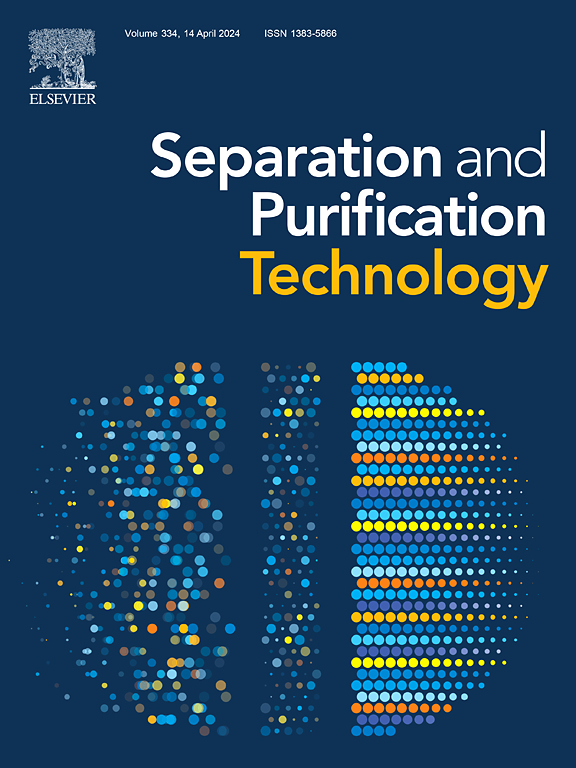Stabilizing single-atom Pt on BiOBr nanosheets by constructing oxygen vacancies with dramatic CO2 photoreduction activity
IF 8.1
1区 工程技术
Q1 ENGINEERING, CHEMICAL
引用次数: 0
Abstract
Single-atom catalysts (SACs) show great potential in enhancing CO2 photoreduction activity, thanks to their exceptional atomic efficiency and outstanding catalytic properties. However, the high surface energy of SACs presents a significant challenge, as the single atoms often tend to be aggregated during the synthesis and catalytic processes, thus making them be difficult for efficient and sustainable performance. Herein, we report a strategy to stabilize SACs on photocatalytic materials enabled by creating oxygen vacancy defects on the matrix surface, which allow the single-atom platinum (Pt) uniformly and solidly anchored on BiOBr nanosheets (NSs). The as-synthesized Pt-BiOBr-VO achieves a dramatic CO2 photoreduction activity with a CO production rate of 93.5 μmol·g−1·h−1 and 75 % selectivity, outperforming those of most BiOBr-based photocatalysts ever reported. The overall enhanced catalytic behaviors are mainly attributed to the synergistic effect between the Pt single atoms and VO, which optimizes the electronic structure of BiOBr with improved charge transfer and extended lifetime of photogenerated carriers. Moreover, the created oxygen vacancies could act as the electron absorption centers, thus accelerating the activation of CO2 and the formation of intermediates. The present work provides new insights on rationally designing highly efficient and stable photocatalysts based on defect engineering for developing sustainable green energy.

求助全文
约1分钟内获得全文
求助全文
来源期刊

Separation and Purification Technology
工程技术-工程:化工
CiteScore
14.00
自引率
12.80%
发文量
2347
审稿时长
43 days
期刊介绍:
Separation and Purification Technology is a premier journal committed to sharing innovative methods for separation and purification in chemical and environmental engineering, encompassing both homogeneous solutions and heterogeneous mixtures. Our scope includes the separation and/or purification of liquids, vapors, and gases, as well as carbon capture and separation techniques. However, it's important to note that methods solely intended for analytical purposes are not within the scope of the journal. Additionally, disciplines such as soil science, polymer science, and metallurgy fall outside the purview of Separation and Purification Technology. Join us in advancing the field of separation and purification methods for sustainable solutions in chemical and environmental engineering.
 求助内容:
求助内容: 应助结果提醒方式:
应助结果提醒方式:


